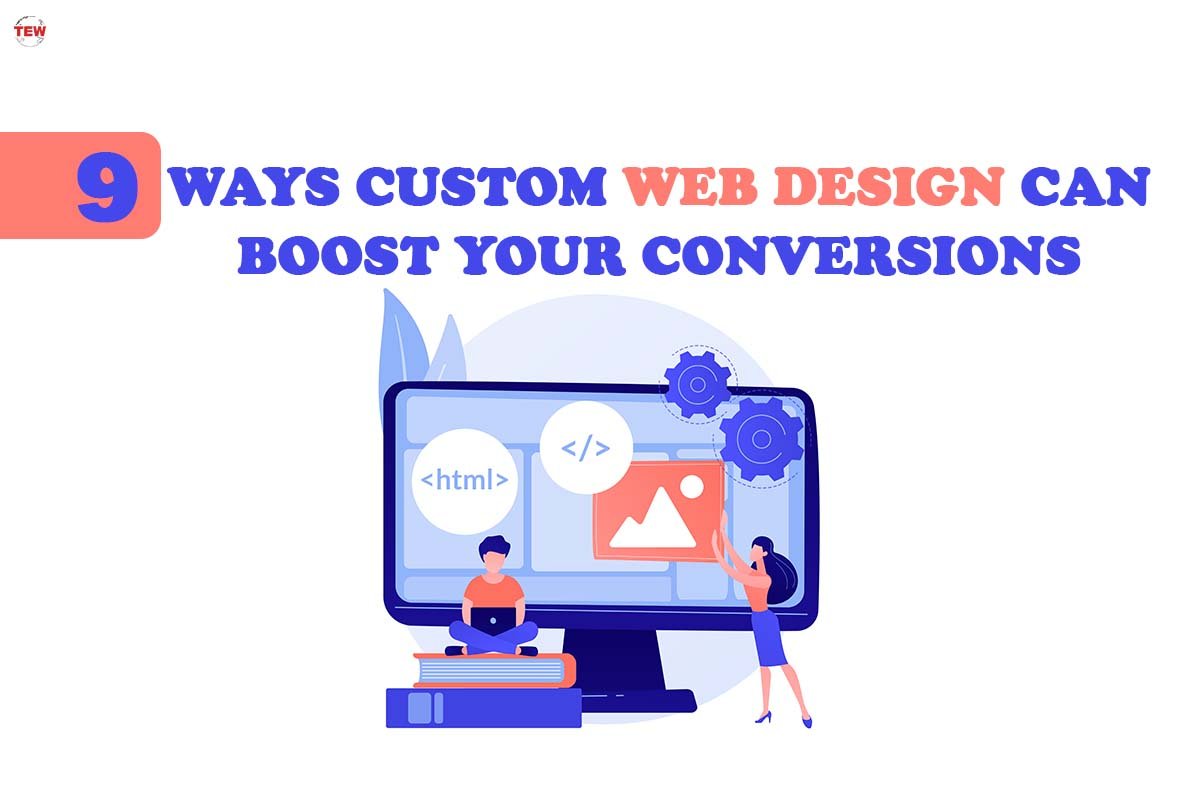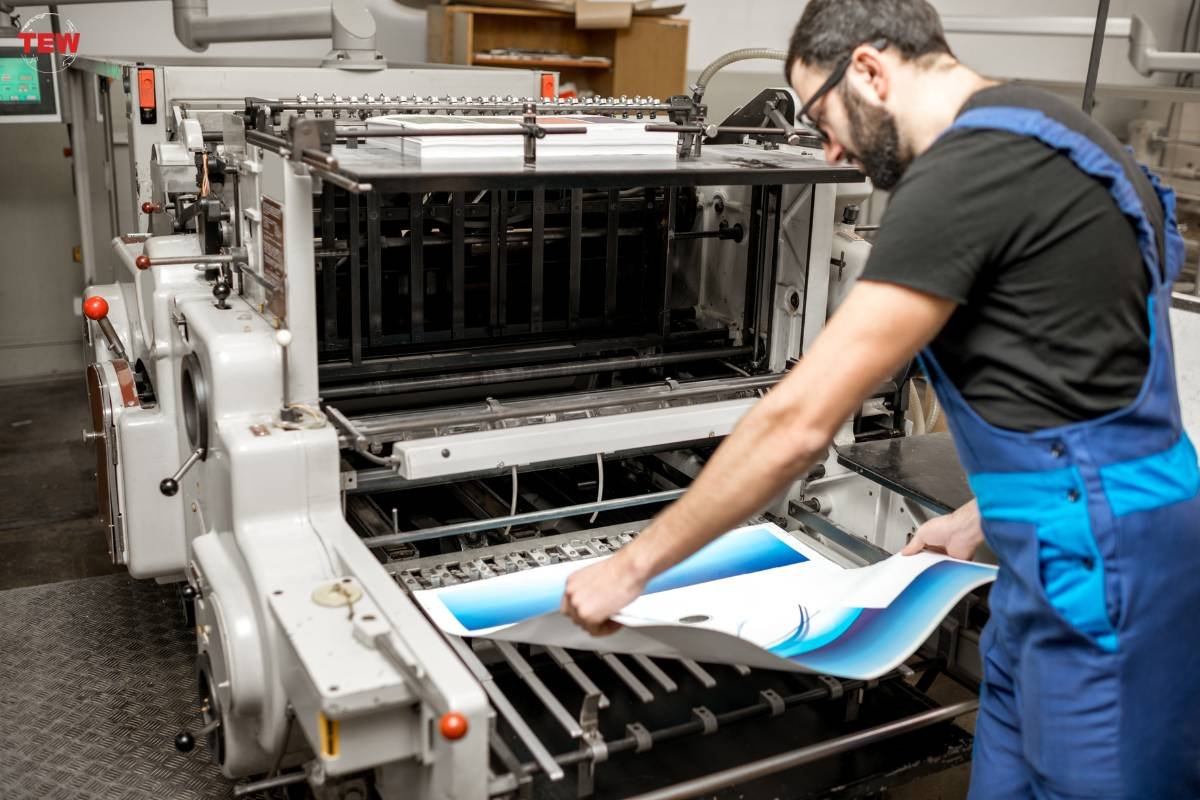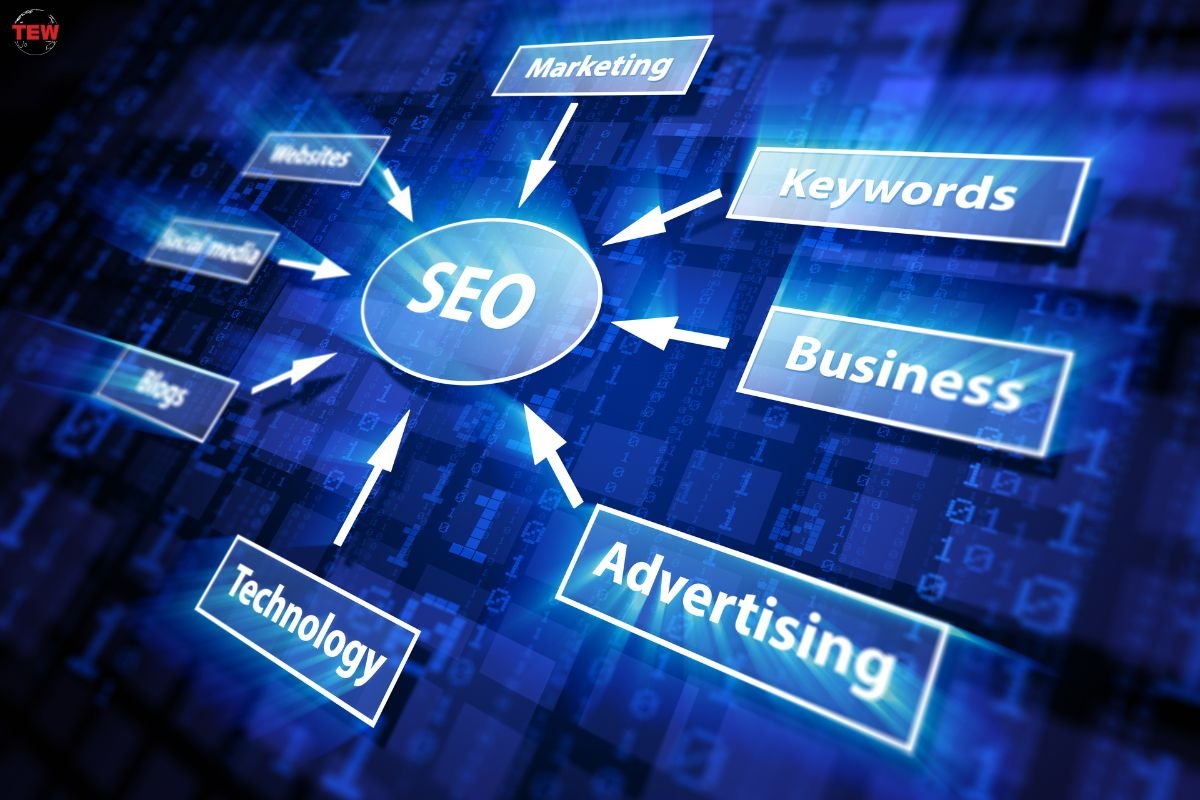It’s no secret that websites have, essentially, replaced storefronts. Considering most businesses nowadays have a website of some kind, it can be hard to stand out from the crowd and make an impression.
This problem is exacerbated by all the easy solutions for Website Design creation we have access to nowadays.
There are many different website builders online, many of which have free versions or free trials, and each comes with a number of different templates. These templates make creating a website very easy, but they also rob you of individuality.
That’s why all serious businesses have a custom Website Design. A custom Website Design will not only make your brand stand out that much more, but it will also boost your conversion rates immensely.
And here’s how! Custom Web Design Can Boost Your Conversions ;
1. Consistent Branding Builds a Connection
Being consistent in your branding efforts and applying that marketing philosophy to your website is an excellent way to boost your conversions.
Here’s the thing: people love established brands. They trust them, they trust their expertise, the quality of their products, and the quality of their customer service. Hence, they will also trust that brand’s website design to guide them to their desired products.
From there, the equation becomes a simple one – if you do not apply branding to your website design, then you’re creating a dissociation between your website and your brand. You then risk looking not only unprofessional but also disingenuous, and being disingenuous with your customers is the worst thing you can do and the easiest way to lose all your followers.
By remaining consistent with your branding even when you design your website, you’re essentially telling your customers that, yes, indeed, they’ve come to the right place, and that all their questions will be answered on your website, and all their desires fulfilled, which ultimately leads to more trust, and more conversions. A web designer is in charge of the design and layout of a website or online pages. For example, web designers in Sacramento, or Florin, develop, design, and code websites and web pages, many of which incorporate text, audio, photos, graphics, and video clips. As a result, you will have a higher conversion rate when you include all these aspects in your website
2. Colors and Contrasts Help Highlight Important Content
One thing many of us overlook is the power of color and contrasts in Website Design.
Colors are very easily connected to certain emotions. Green is peaceful, red means alert, blue is supposed to be comfortable and relaxing, and violet means class.
By using colors in your design, you are able to convey a message in milliseconds to the person who just took a glance at your website.

This is also where contrast comes into play. With careful and deliberate contrasting, you’ll be able to highlight parts of your website and direct the flow of interaction on your website.
Essentially, you’re telling your visitors what part of the website they ought to be paying attention to at given times and leading them to the place where they’ll finally convert. This then leads to your website having a much better flow and providing a much better user experience for the visitor.
And, because user experience is often a deciding factor when it comes to people converting from leads to customers, you can rest assured that your website will definitely be raking in new customers in no time.
3. Negative Spaces Improve Flow
Similarly to colors, the use of negative space is also a good way to highlight certain parts of your website.
For starters, negative space is a term that describes parts of your website that remain empty and bear no design features.
The importance of negative space is that it provides the visitor with a sort of visual break between elements.
When strategically placed, negative space allows the visitor to absorb previous information before moving on to the next piece of content, as well as to group relevant content into cohesive chunks, where each piece conveys the same message.
When utilized, negative space declutters your website and, like colors, improves its flow, making for a very clean-looking UI and a very smooth user experience, which is, we reiterate, a vital deciding factor for most people.
4. High-Quality Images Tell Your Brand’s Story
Keeping in line with consistent branding, in order to create a website that is highly customized and has high conversion rates, you need to obtain high-quality images, especially those that pertain to your business and your products.
We’ve all heard the old adage that a picture speaks a thousand words, and, while that might sound corny and worn out, it’s also very true.
With clever image placement, you’ll be able to tell a story about how your business and your products are exactly what your visitors need to solve their most pressing problems.

Coming back to branding, you should also display images that are highly reminiscent of your brand.
Your logo, or any other images that are highly characteristic of your brand and its products, should always be displayed at crucial junctions in your website design as a way of reaffirming that your visitors are, indeed, in the right place and that this is where they can become a part of your community.
5. Site Performance Is Essential for Good UX
Another element that contributes to excellent UX is the performance of your website.
Oftentimes, brands seek to impress their visitors so much that they tend to introduce cool and hip design elements without giving them a second thought, which results in a very cluttered and messy website that also runs slowly and takes forever to load.
Here’s the thing: people have options, and they have many of them. They also value their time greatly, and if your website is too slow, they will decide that you’re wasting their precious seconds and simply go to your competitor.
Worse yet, if you have an exceedingly slow website, you’ll also be flagged by Google itself, and your website’s rankings will plummet.
Just like any business, Google is looking to provide excellent service to its customers, and Google’s customers are looking for fast access to information. If your website is slow, you’re essentially hurting Google’s business model, and your website will be pushed out of the way for a higher quality, more relevant one.
So, by keeping your website fast and well-optimized, you’re not only proving that you value your customers’ time, but Google’s as well.
6. Give Options without Overwhelming
Unfortunately, there is such a thing as having too many options.
Brands understand that they need to be forthcoming with their prospects and leads to get them to convert. However, being too forthcoming is actually going to hurt your chances rather than improve them.
The thing is, most people tend to shut down when presented with too many options. They simply don’t know where to go, their senses become overwhelmed, and they just shut down. This is especially evident when a website provides a lot of options but offers no hints as to their value.
This is why most modern websites tend to present very clear choices and highlight the distinct value of each choice presented to the visitor. The visitor can then make their decision much more quickly, and, again, they’ll feel their time is being valued while they also feel they’re not being pressed or forced to act.
7. Better Navigation Means Better UX
When it comes to UX, website navigation is a major factor. Websites that present themselves as jumbled messes with no clear directions as to their navigation will be quickly abandoned.
This is why most modern websites use breadcrumbs to help customers navigate. Breadcrumbs are an easy, non-intrusive way to lead your visitors through the contents of your site without excessive hand-holding.
A good breadcrumb scheme will allow the visitor to be no more than three clicks away from the landing page at all times, which saves them a lot of time and improves your chances of scoring another customer.
8. Uphold Customers’ Expectations to Avoid Alienating Them
We often say that people are afraid of change and of new things, and, for the most part, this statement is correct.
When dealing with websites, people simply come to expect certain things, and you run the risk of putting them off if you tread too far off the beaten path.

Say you’re running an auto repair shop and you’re making a website. People will expect that auto repair websites will also have a testimonial section/comment section, and if yours doesn’t have one, then people might think that you’re trying to hide your bad service record.
Thus, to create a good website design, you need to find the balance between upholding expectations, and also introducing a few unique twists that might separate your website from your competitors’.
9. Leverage Visitors’ Behavior to Discover What Works
Users are often very predictable when it comes to their behavior on any given website.
In fact, this is what makes up the core of the decision-making process when creating a website.
User behavior represents an invaluable data set that, when properly analyzed and implemented, can drastically affect your site’s ability to convert visitors into customers.
That’s why many websites go to great lengths to install cookies on their websites and track user behavior. These insights help the brand tune its website to the needs of most of its visitors, and create a unique and personalized experience that might just be the push they need to become customers.
Final Words
All in all, your website design is an invaluable tool when it comes to conversions.
A website is your storefront, the first impression a visitor might have of your business and of your brand.
And, if that impression (and you only get one!) is good enough, then that might be all it takes for you to start raking in customers and counting profits.
Author bio
Travis Dillard is a business consultant and an organizational psychologist based in Arlington, Texas. Passionate about marketing, social networks, and business in general. In his spare time, he writes a lot about new business strategies and digital marketing for DigitalStrategyOne.





